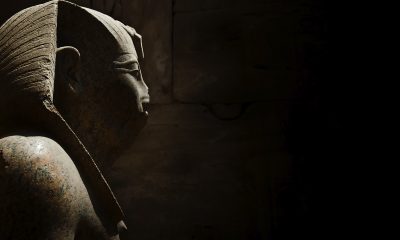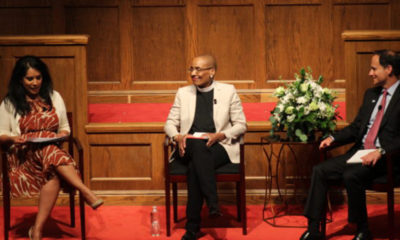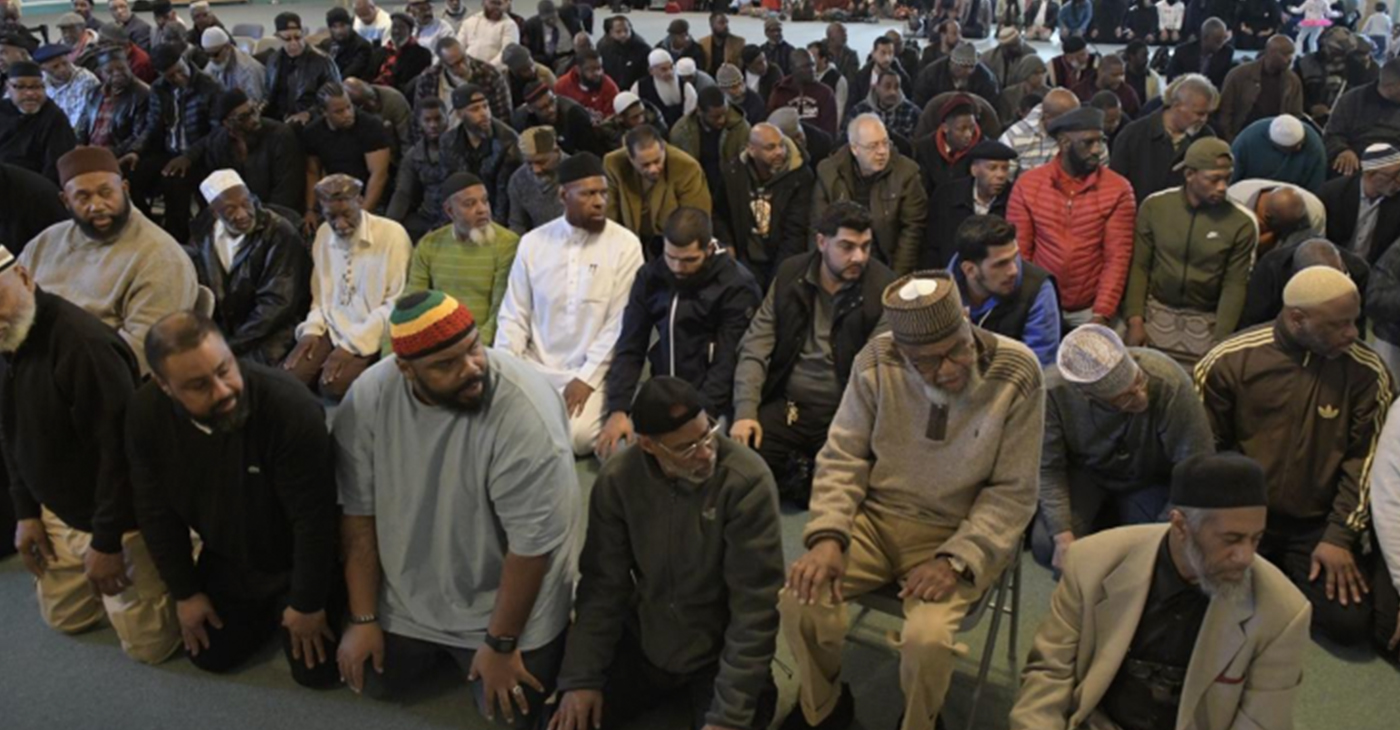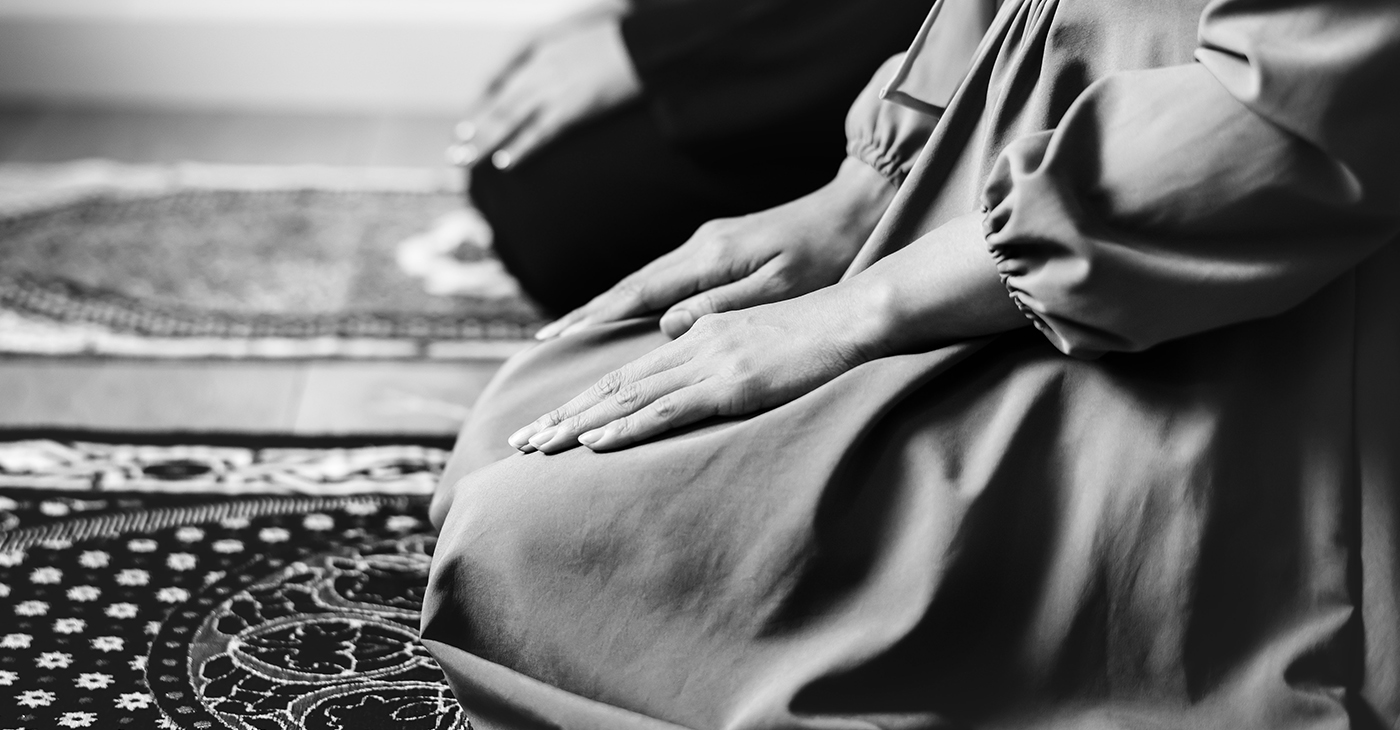Religion
In Islam, a Long Tradition Against Depicting the Prophet


Flowers and pens and placards lie after being placed to show solidarity with those killed in an attack at the Paris offices of weekly newspaper Charlie Hebdo, in Trafalgar Square, London, Thursday, Jan. 8, 2015. Masked gunmen stormed the Paris offices of a weekly newspaper that caricatured the Prophet Muhammad, methodically killing 12 people Jan. 7, including the editor, before escaping in a car. (AP Photo/Kirsty Wigglesworth)
HAMZA HENDAWI, Associated Press
CAIRO (AP) — It’s not mentioned in Islam’s holy book, the Quran, but the religion’s ban on depicting the Prophet Muhammad — even favorably — has run firm through the centuries.
Religious traditions built over the years have prohibited such depictions out of respect for Muhammad and to discourage idolatry, according to Muslim scholars and clerics. The ban is further rooted in a wider prohibition against images or statues of human beings.
There have been exceptions. A rich tradition of depicting Muhammad emerged in miniatures and illustrations for manuscripts from around 1200 to 1700. The art is mainly from Turkey and Iran, where pictorial traditions were stronger than in the Arab world. The paintings often show traditional stories from Muhammad’s life, such as his journey to heaven, though in some the prophet’s face is obscured by a veil or a plume of flame.
Shiites also differ from Sunnis by depicting Muhammad’s son-in-law Ali, revered by Shiites who see him as the prophet’s rightful successor. His image — and those of his sons Hassan and Hussein — are plentiful among Shiites, adorning posters, banners, jewelry and even keychains. For Sunnis, the ban on depictions extends beyond the prophet to his close companions and wives.
“The Prophet Muhammad enjoys sublime and supreme status among Muslims and it is impossible to let a normal person depict or act the role of the prophet,” said Iraqi Shiite cleric Fadhil al-Saadi. “There is no confirmed information about the shape or the features of the Prophet … So nobody should come up with a painting or an image of him. That would represent an insult to the status of the prophet.”
With no explicit text against depictions — or against images of humans in general — the prohibition comes from deduction by Muslim scholars and interpreters over the centuries from the collections of Hadeeth, or sayings and actions of Muhammad.
The prohibition against depicting humans and other living beings, which emerged from scholars as early as the 9th century, came from reported sayings of Muhammad, in some of which he refused to enter a room with such depictions or challenged their creators to breathe life into them. The presumption was that such art would suggest man can emulate God’s powers of creation — and there were worries that statues in particular could encourage idolatry.
Islamic tradition is full of written descriptions of Muhammad and his qualities — describing him as the ideal human being. But clerics have generally agreed that trying to depict that ideal is forbidden. That puts satirical — and obscene — depictions like those in the French magazing Charlie Hebdo far beyond the pale.
While no one knows Muhammad’s true appearance, followers of the relatively modern, ultraconservative Salafi movement in Islam seek to emulate him as closely as possible — including in what they believe to be his physical features and dress. Hardcore Salafis wear a beard without a moustache, let their hair grow long, line their eyes with kohl or wear robes stopping around mid-shin, contending that was the prophet’s manner.
The ban also extends to his wives, daughters, sons-in-law, the first caliphs who succeeded him and his closest companions. In fact, Egypt’s al-Azhar mosque, the Sunni world’s foremost seat of religious learning, has complained when “Mohammed, Messenger of God,” an epic 1970s Hollywood production, depicted the prophet’s camel.
There is a thriving production of religious TV series in the Arab world depicting the times of the prophet. But Muhammad and his companions are never themselves shown. At times, a white light stands in for Muhammad in the films or in movie posters — and when they are meant to be addressing Muhammad, the actors usually speak into the camera.
Copyright 2015 The Associated Press. All rights reserved. This material may not be published, broadcast, rewritten or redistributed.









































